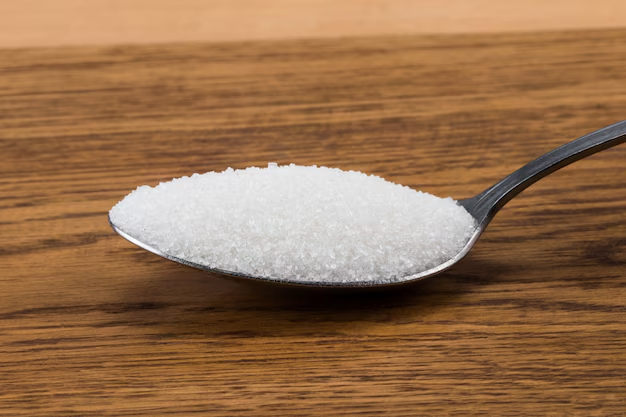How Much Sodium is Safe When You Have Hypertension? Discover the Right Balance
When it comes to managing hypertension, one of the most frequently asked questions is, "How much sodium per day should I consume?" Sodium, found abundantly in processed foods and added salt, plays a significant role in raising blood pressure, which can lead to serious health conditions. Understanding your limits can be crucial in maintaining healthy blood pressure levels.
The Sodium Guidelines for Hypertensive Individuals
For hypertensive adults, the recommended daily sodium intake can make a substantial difference. The American Heart Association advises no more than 1,500 milligrams of sodium per day for those who are sensitive to its effects, particularly individuals with high blood pressure. By contrast, the general population is advised to stay under 2,300 milligrams daily, which is roughly equivalent to one teaspoon of salt.
Tips to Keep Your Sodium Levels in Check
1. Read Labels Carefully: Always check nutritional labels on food packaging. Watch for products labeled "low sodium" or "no added salt."
2. Opt for Fresh Foods: Fresh fruits, vegetables, and lean meats are naturally low in sodium.
3. Be Mindful when Dining Out: Restaurants often use more salt than what you'd use at home. Consider asking for your meals to be prepared without added salt.
4. Use Herbs and Spices: Flavors like garlic, lemon, and herbs such as basil and oregano can enhance taste without the need for salt.
5. Cook at Home More Often: Preparing your meals allows you to control exactly how much salt you use.
Beyond Sodium: Managing Your Health and Finances
While focusing on sodium reduction, it's also vital to consider broader aspects of your well-being, including financial health, which can relief stress and contribute to overall wellness.
Financial Resources for Health and Wellness
Managing a chronic condition like hypertension can sometimes be financially taxing. Here are some resources you might consider:
- 🩺 Medical Assistance Programs: Some programs can help cover the costs of medication and healthcare services for those with limited income.
- 💳 Credit Card Solutions for Health Expenses: Seek out credit cards that offer 0% APR to manage unexpected health-related costs over time without immediate pressure.
- 📚 Educational Grants: Learn more about grants that offer educational resources on maintaining a healthy lifestyle or managing chronic conditions effectively.
- 🏠 Government Aid Programs: Explore programs that offer financial aid for families burdened by medical expenses, including assistance with utility bills or housing.
By being proactive about both your sodium intake and financial health, you can work towards a more balanced and stress-free life. Remember, small changes can cumulatively make a big difference in managing hypertension effectively.

Related Topics
- a 66 Year Old Female With a History Of Hypertension
- Are Eggs Bad For Hypertension
- Are Eggs Good For Hypertension
- Are Endocrine Disorders Causing Hypertension Rare
- Can Adderall Cause Hypertension
- Can Alcohol Cause Hypertension
- Can Allergies Cause Hypertension
- Can Anemci People Get Hypertension
- Can Anemia Cause Hypertension
- Can Antibiotics Cause Hypertension